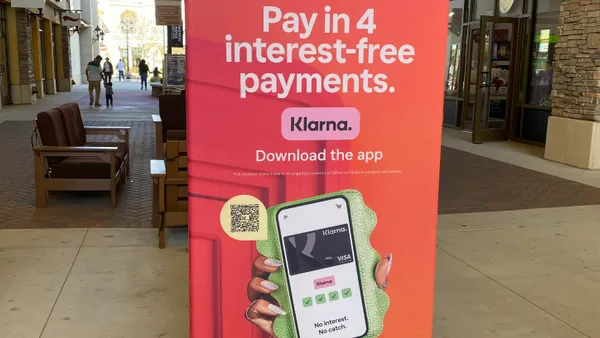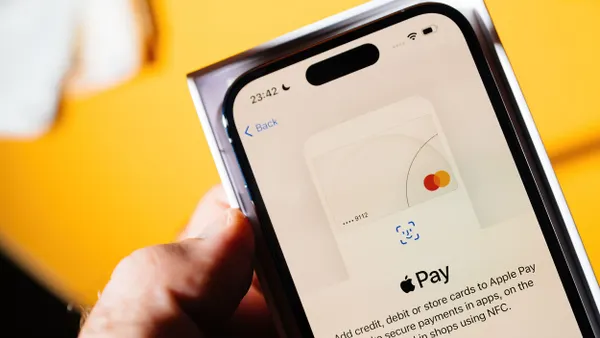Toby McFarlane is head of e-commerce at payments for consulting firm CMSPI, also known as CMS Payments Intelligence. Opinions expressed are author's own.
With consumers increasingly shopping online during the pandemic, they expect their credit and debit cards to be accepted as easily as they are in bricks-and-mortar stores.
But many shoppers are finding that's not the case. In fact, cards get turned down five times as often online as they do in stores — even if it's the same customer with the same card buying the same product from the same retailer. Only 3% of card transactions by value are turned down in-store, while 15% are rejected online.
There's good reason to turn down more cards online. While insufficient funds, technical glitches or other problems account for some rejections, fraud is more than twice as common in e-commerce as it is in stores. And neither retailers nor banks want fraudulent transactions to get through.
But it's not as simple as that. One out of five rejections are "false positives," with myriad reasons for a transaction to set off flags even though the card may be perfectly good.
Rather than addressing the complexities and nuances of fraud prevention, the card industry often tosses out good transactions along with the bad. Banks and card processors' systems are inefficient and antiquated, meaning they can incorrectly assess transactions as fraudulent. Customers are left frustrated, and merchants end up bearing the burden both in lost sales and the cost of actual fraud that slips by in the meantime.
Rejections have always been higher online, and with reports of increased fraud attempts during the pandemic, the card industry has reportedly ratcheted up its machine-learning algorithms. But finding the right level is challenging because the algorithms have less relevant data to learn from in a COVID-19 world that looks very different than the pre-COVID world. Even at the normal rejection rate, the dramatic acceleration of e-commerce means consumers are likely to see their cards rejected more often simply because online shopping makes up more of their overall shopping.
Overzealous rejection of online transactions is a growing bottom-line issue for retailers, card issuers and processors alike as their profit margins take a hit as a result.
The increase in online spending during 2020 amounted to $193.7 billion, according to the U.S. Census Bureau. The math is complicated, but based on that number, retailers missed out on nearly $30 billion in sales in 2020 because of lower approval rates online. That's a huge burden for an industry that has struggled during a pandemic that closed most retailers' doors for months and is still having an impact. To put the number in context, a small business with $1 million in sales that move online — even to its own website — could see $150,000 in sales rejected because of lower approval rates rather than $30,000 in-store.
In addition to the immediate lost sales, CMSPI data shows more than half of consumers whose cards are turned down on a retailer's website will turn to a competitor — even though it is the card processor, not the retailer, who turns down the card.
Solving online fraud challenges isn't easy, and small retailers don't have the in-house expertise. But the lack of transparency and collaboration from the card industry along with a shortage of quality data insights make this issue challenging even for experts.
Retailers and the card industry are supposed to be partners. While retailers have suffered during the pandemic, the card industry has seen a windfall as more sales have moved online
Banks, card networks and processors don't seem to understand the extent of the problem and have been struggling to adapt their systems for far too long.
The challenges of online fraud prevention could be solved with better data, increased transparency and more collaboration — leading to more sales for retailers and more interchange revenue for issuers. Taking a more sophisticated approach to online fraud and approval rates is a move that would benefit all stakeholders.












